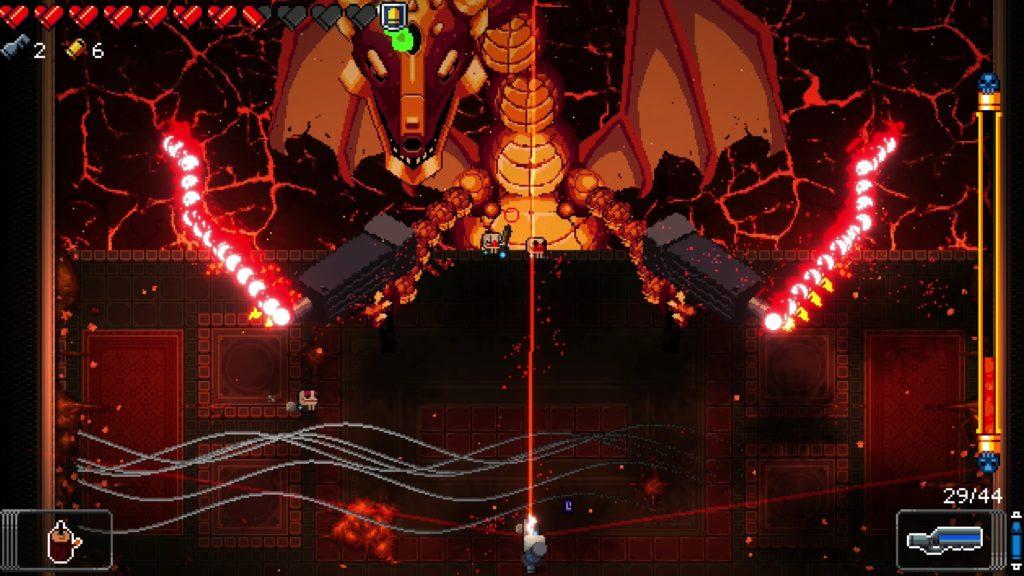When the player drags back the slingshot in Angry Birds 2, an IOS app by Rovio Entertainment, the gravity physics mechanic is only half of the story, the other being the slapstick and comedic theme of squealing pigs, splintering boards, and crumbling structures. The game targets casual mobile players, allowing them to participate in a cartoon carnival of demolition. Mechanically, the game is very simple. You select a bird, trace the parabola of the flight path, and release. The designer’s choice to wrap these mechanics in bright comic art and the revenge narrative of “stealing back the bird’s eggs” alters the psychology of the player in a few ways.

Firstly, it frames the destruction of the buildings as a righteous and morally justified; the smug grins of the pigs and the “heroic” squawks of the birds as they fly across the screen signal that no mercy is required. Secondly, the bright and flashy particle and sound effects, with wooden crates shattering into shards and coins showering over the ground, elicit an addictive psychological response in the player, driving them to continue playing after the level has been defeated. The audiovisual hook is completed by the last design choice that Rovio makes, which is to exploit the near-miss phenomenon. Many stages end with one teetering or wobbling pig, slowly falling or staying balanced. I found myself almost pleading with the pig to fall and splat on the ground, the game emphasising this by adding a slow motion effect an a zoom in on the last pig. The game screams “you were so close” to the player through these effects. Surely one more bird (or one more microtransaction-purchased turn) will be enough to finish the trick.
The way that Rovio adds these monetization schemes directly onto those moments of heightened arousal I do find ethically dubious. After a near miss, a bright red button invites me to add an extra bird to my slingshot for 75 gems, a currency that the player can either grind out slowly or instantly purchase. This solicitation appears precisely when my dopamine curve is peaking, and therefore makes the choice feels less like strategy and more like impulse. These mechanics mirror casino design, weaponizing variable ratio rewards to stretch session length and spending.

The ethics of the design of the game I do not find particularly troubling outside of their monetization scheme. While the game does depict violence against animals, the cartoonish style heavily reduces any serious moral qualms that I would have with the game. The style of the game is closer to a “Looney Tunes” style of violence, where a character can be flattened by an anvil or leave a Coyote shaped hole in the ground. The exaggerated physics and elastic character models signal to me at least that no lasting harm is possible. I as the player was assured that the destruction or “pain” that I was causing was consequence-free and morally weightless.
None of this is to say that the game is devoid of craftsmanship. The quick-fire stages beautifully incorporate embedded instruction. I was easily able to figure out some basic strategy with the utilization of different birds for different purposes. The tutorial island teaches the projectile motion of the game beautifully. I think a “practice mode” that disables the somewhat nagging prompts to purchase gems would be welcome addition, as well as a leaderboard that divides players into those who used these microtransactions to succeed and those who did not. Competitive players I assume would be frustrated trying to beat others who use real world money to further their ranking.



